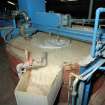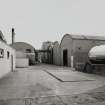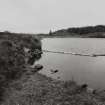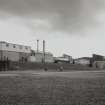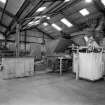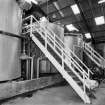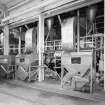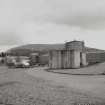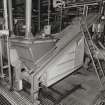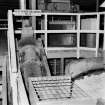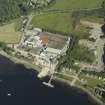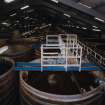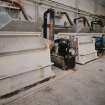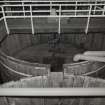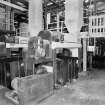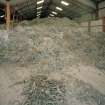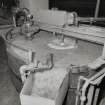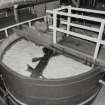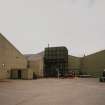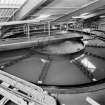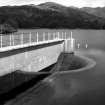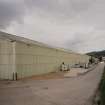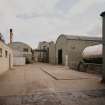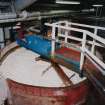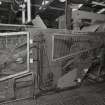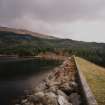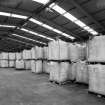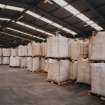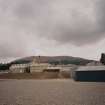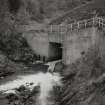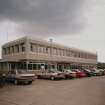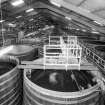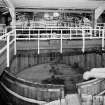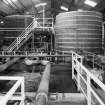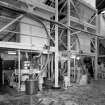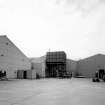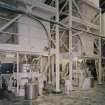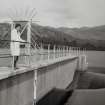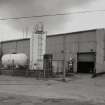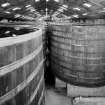Following the launch of trove.scot in February 2025 we are now planning the retiral of some of our webservices. Canmore will be switched off on 24th June 2025. Information about the closure can be found on the HES website: Retiral of HES web services | Historic Environment Scotland
Barcaldine, Alginate Works
Works (20th Century)
Site Name Barcaldine, Alginate Works
Classification Works (20th Century)
Canmore ID 93348
Site Number NM94SE 11
NGR NM 9622 4219
Datum OSGB36 - NGR
Permalink http://canmore.org.uk/site/93348
- Council Argyll And Bute
- Parish Ardchattan And Muckairn (Argyll And Bute)
- Former Region Strathclyde
- Former District Argyll And Bute
- Former County Argyll
NM94SE 11 9622 4219
The aliginate works at Barcaldine have been recorded on WWII oblique aerial photographs taken by the RAF No.1 Camouflage Unit in 1942. (RAF Cam oblique nos. AF392-3, flown May 1942).
Information from RCAHMS (DE) October 1999
Note (1996)
Alginates are naturally occurring material (alginic acid) extracted from brown seaweed and are used in textile printing, paper manufacture, welding rods, and ceramic, pharmaceutical and dental compounds to name but a few. It is in the food and drink industry that it is mostly used to control the water content in fruit gels, suspending agents in soft drinks, cold water gels with milk based deserts, prevention of ice crystals in ice cream and to aid to beer foam stability in the brewing industry. Algin or alginate was first isolated in 1883.
Production Process
The basic extraction process for all alginates is as follows: Brown seaweed is chopped up and mixed with hot water and sodium hydroxide and/or sodium carbonate to form a slurry. The alginate element forms a thick paste with the seaweed solids. This paste is diluted with cold water and the solids filtered out. Calcium chloride is then added to yield calcium alginate or dilute acid-like sulphuric acid to in turn yield alginic acid. Both of these precipitates are recovered as insoluble pulps. These pulps are reacted with sodium carbonate forming a dough of sodium alginate. This is then dried to produce the alginate.
Information from J Bailey, Research Chemist, Kelco International, Barcaldine, Oban, Argyll and Bute, February 1996.
See also MS8415.











































































